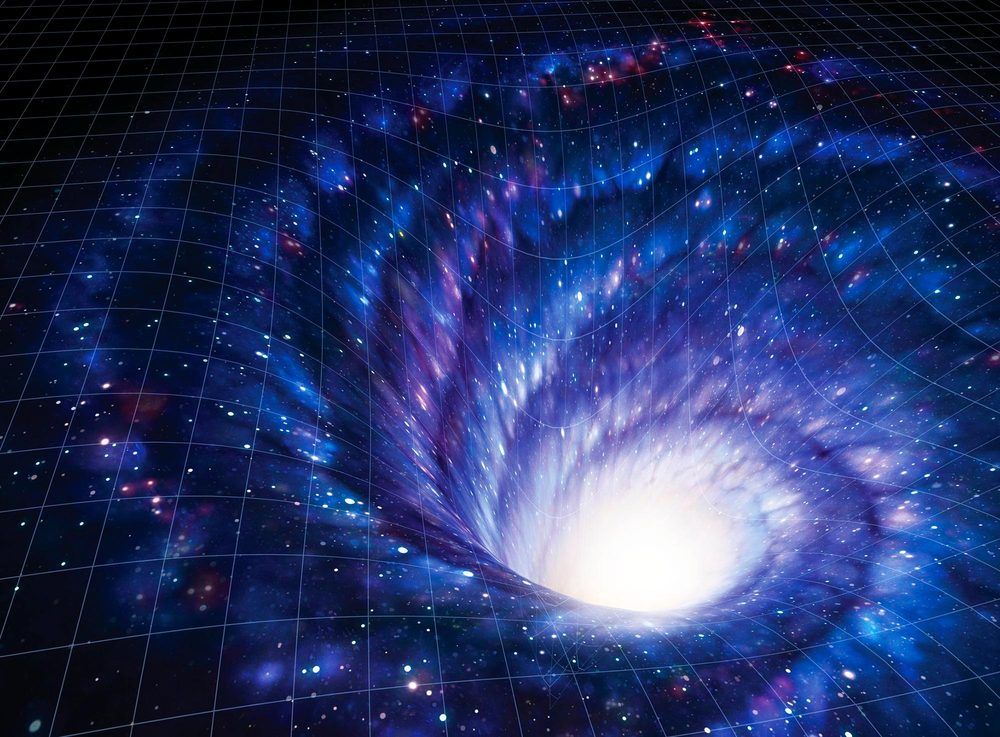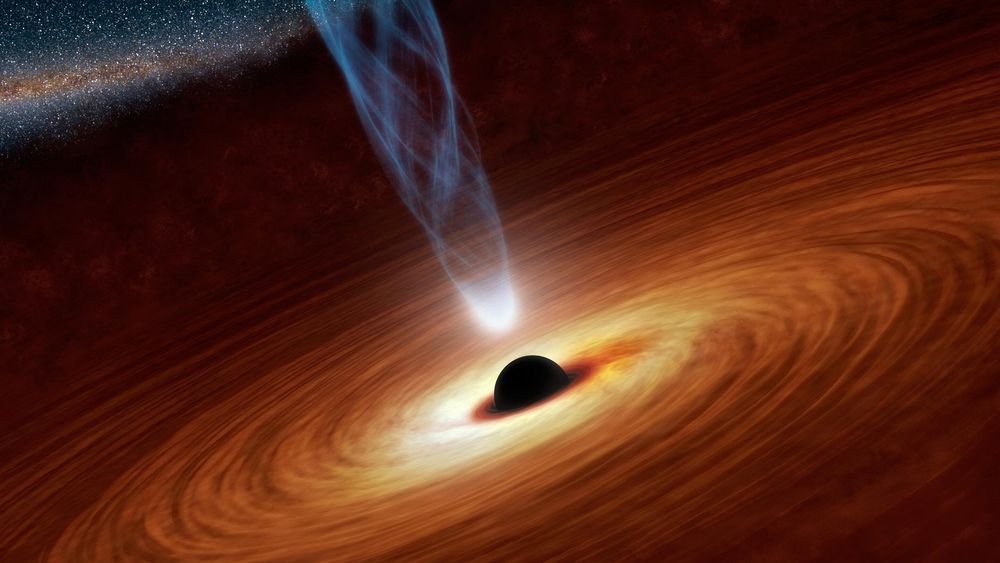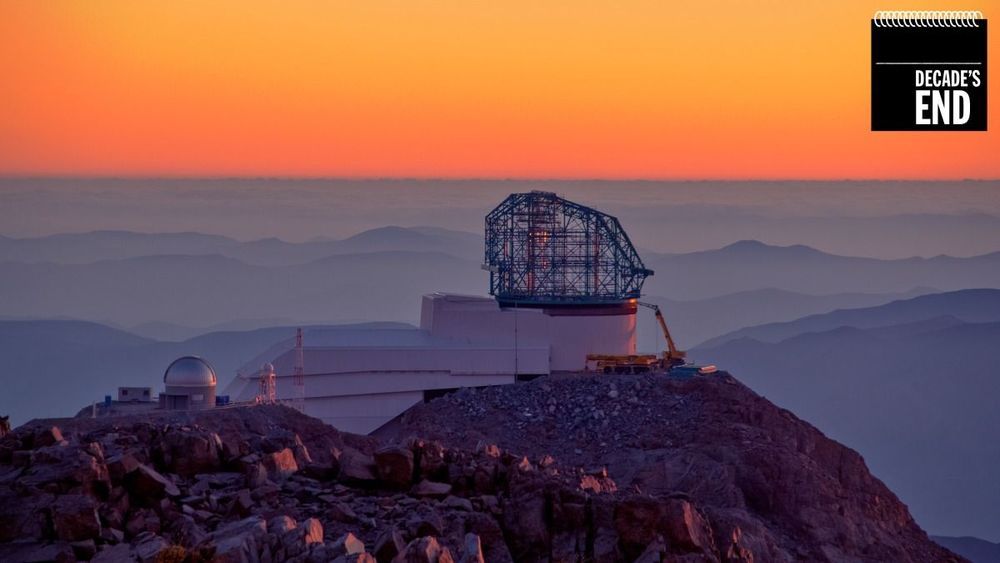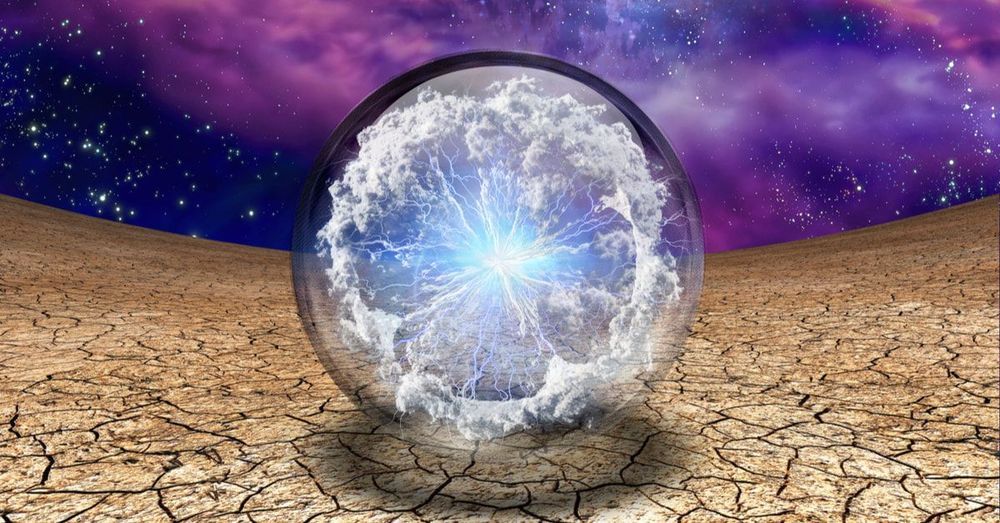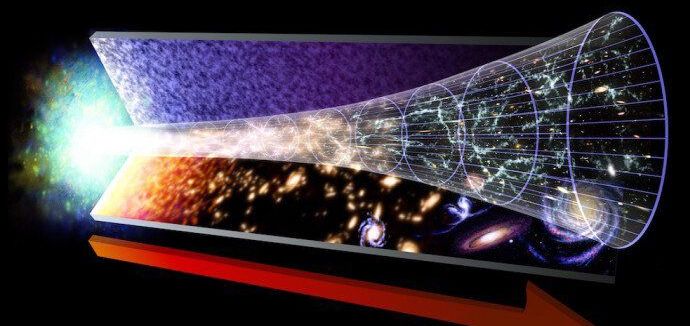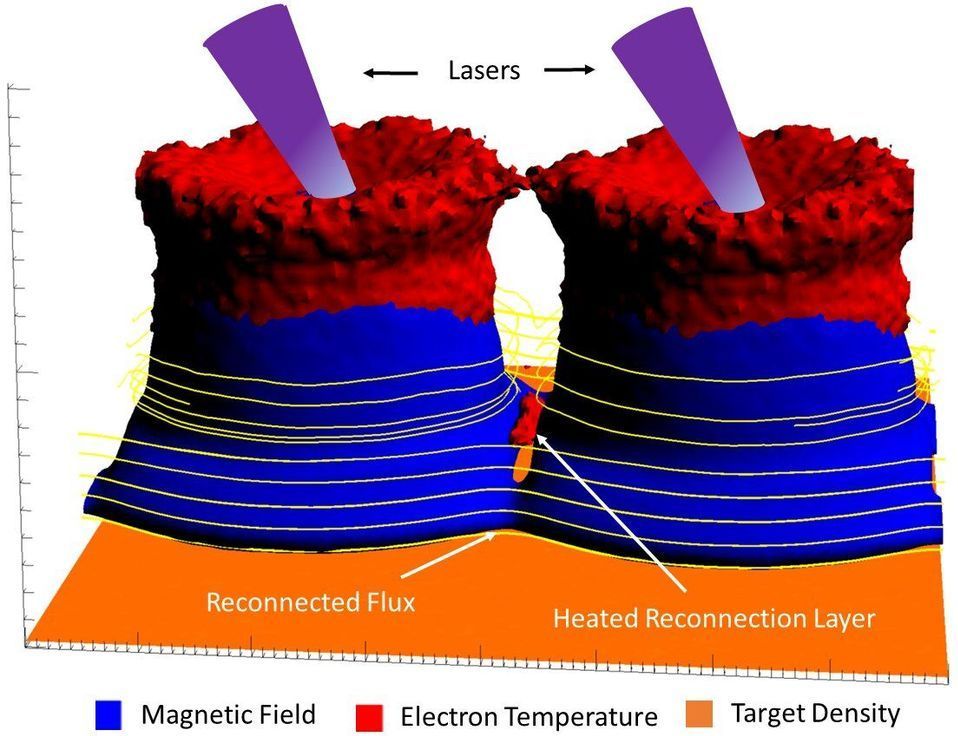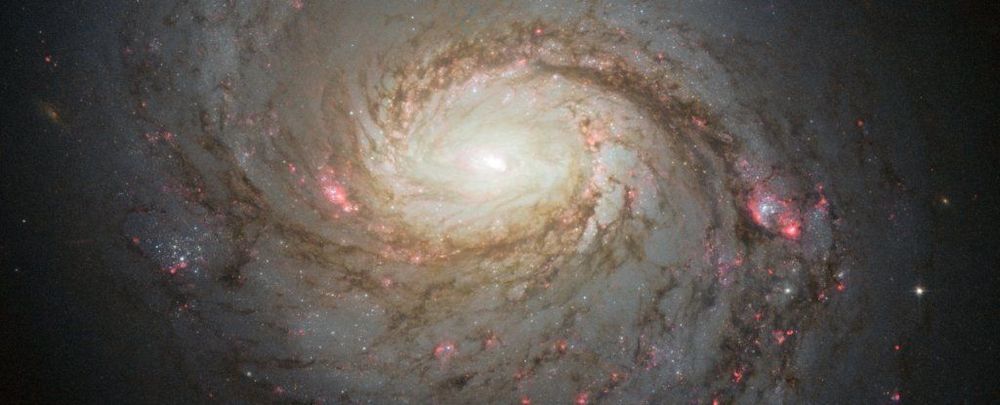Oct 24, 2019
Be the first to comment on “How to Spot a Wormhole – Physicists Describe a Technique for Detecting Spacetime Bridges”
Posted by Saúl Morales Rodriguéz in categories: cosmology, physics
In a theoretical study, physicists propose that perturbations in the orbit of stars near supermassive black holes could be used to detect wormholes.
A new study outlines a method for detecting a speculative phenomenon that has long captured the imagination of sci-fi fans: wormholes, which form a passage between two separate regions of spacetime.
Such pathways could connect one area of our universe to a different time and/or place within our universe, or to a different universe altogether.
